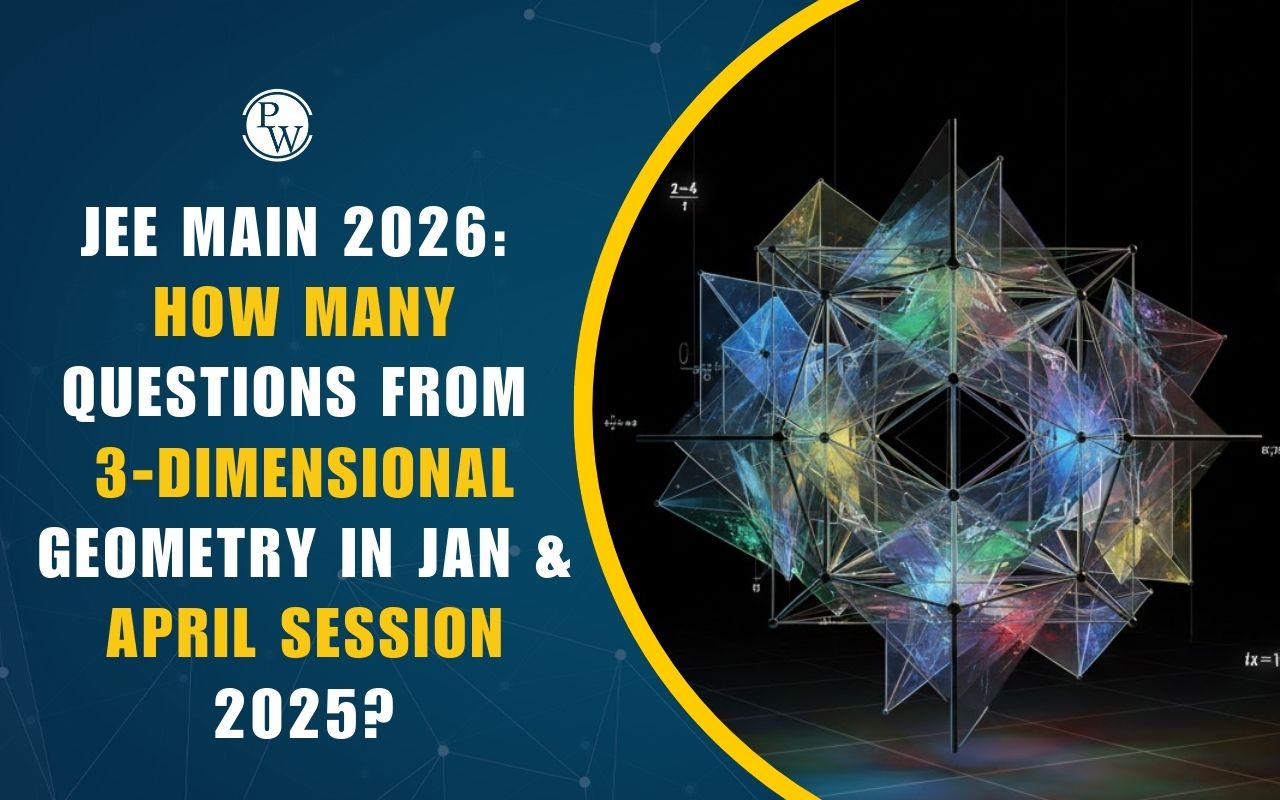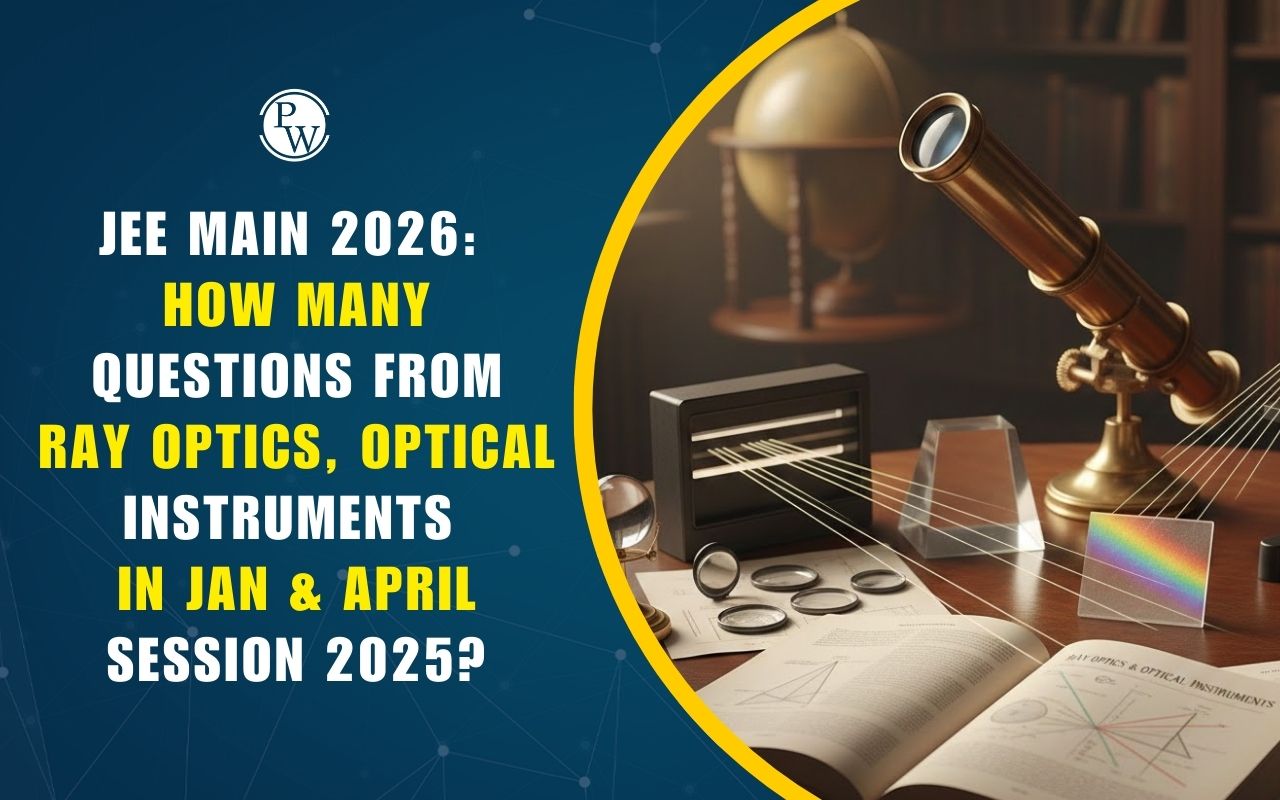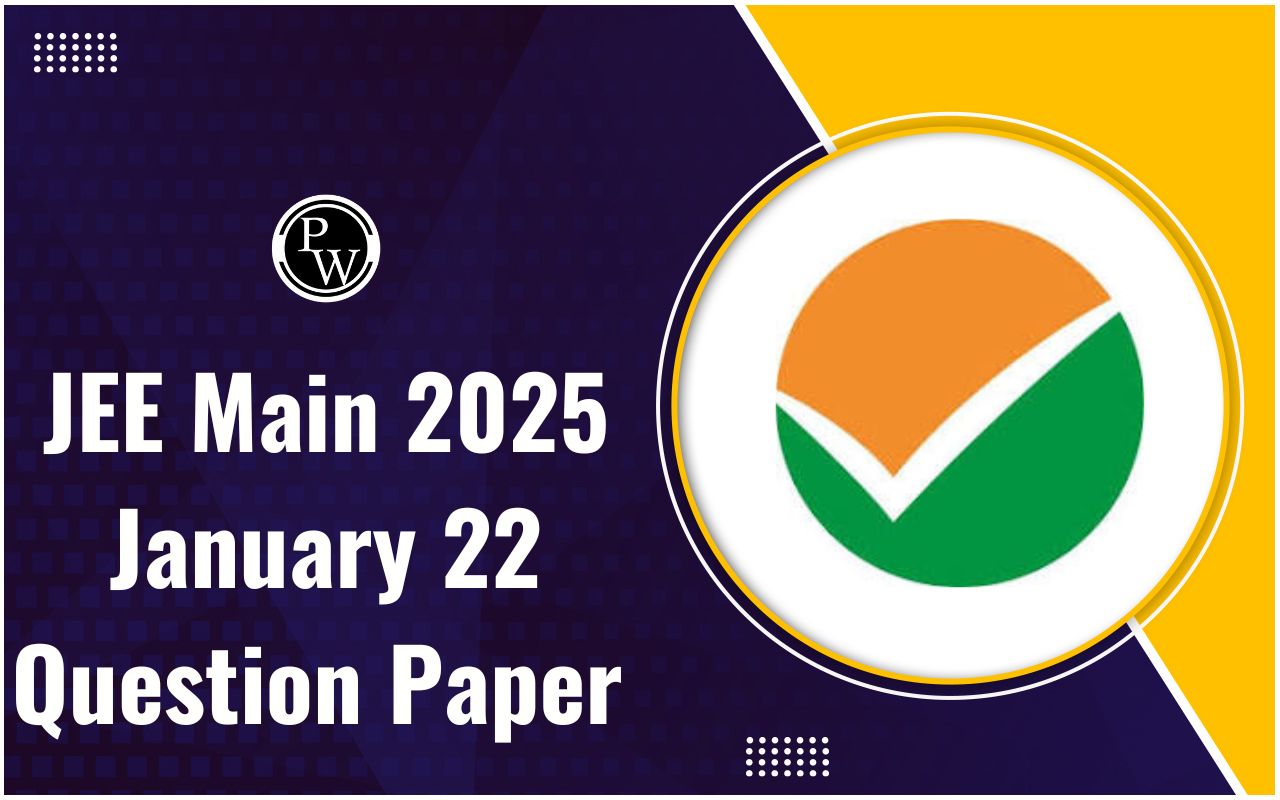
Difference between Rectangle and Parallelogram : The difference between the two is that all interior angles of a rectangle are 90 degrees, while angles of a parallelogram need not be 90 degrees. Read the complete article to learn the major difference between rectangle and parallelogram .
What Are Quadrilaterals?
A quadrilateral is a simple, closed figure with four sides, four vertices, and four angles. The sum of all of their internal angles is always equal to 360 degrees. Quadrilaterals are of various shapes and sizes and can have different combinations of side lengths and angle measures. There are two main types of quadrilaterals given below.- Rectangle
- Parallelogram
What is a Rectangle?
A rectangle is a quadrilateral having four right angles and equal opposite sides. The opposite sides of a rectangle are equal, and all the angles of a rectangle are a right angle that is 90 degrees. A rectangle is a 2D geometry used in various sectors of geometry, architecture, and graphic design.Important Properties of a Rectangle
A rectangle is a type of parallelogram with additional characteristics. The following are the essential properties of a rectangle:- Four Right Angles: All of the angles in a rectangle are right angles, which means they each measure 90 degrees.
- Equal and Parallel Opposite Sides: The opposite sides of a rectangle are equal in length and parallel to each other.
- Consecutive Angles in a Rectangle are Supplementary: Because consecutive angles in a rectangle are supplementary, the sum of any two consecutive angles is 180 degrees.
- Diagonals are Equal in Length: A rectangle's diagonals are equal in length and intersect at right angles (90 degrees).
- The lengths of a rectangle's two diagonals are equal, which is known as opposite diagonal equality.
- The perimeter (P) of a rectangle can be calculated using the formula, where l is the length and w is the width.
- The area (A) of a rectangle is calculated using the formula, where l is the length and w is the width.
What Are Parallelogram?
A parallelogram is a quadrilateral with opposite sides that are both parallel and equal. Also, the opposite angles of a parallelogram are equal. There are various types of parallelograms, such as rectangles and rhombuses, which have additional properties beyond those of a general parallelogram.Important Properties of a Parallelogram
A parallelogram is a quadrilateral with the following properties, which are discussed in detail below:- Opposite Sides of a parallelogram are Equal: A parallelogram's opposite sides are of equal length.
- Parallel Sides: The opposite sides of a parallelogram are parallel, which means they never meet.
- Equal Opposite Angles: A parallelogram has equal opposite angles.
- Consecutive Angles are Supplementary: Consecutive angles in a parallelogram are supplementary, which means that the sum of any two consecutive angles is 180 degrees.
- Diagonals Bisect Each Other: A parallelogram's diagonals bisect each other, dividing each diagonal into two equal segments.
- The Lengths of the Parallelogram's Opposite Diagonals are Equal: The lengths of the parallelogram's two diagonals are equal.
Difference between Rectangle and Parallelogram
Difference between Rectangle and Parallelogram : Parallelograms and rectangles are two of the most important types of quadrilaterals. Some of the major types of rectangles and parallelograms are mentioned in the table below.| Difference between Rectangle and Parallelogram | |
| Rectangle | Parallelogram |
| A rectangle is a special type of parallelogram and is also a quadrilateral. | A parallelogram is a type of quadrilateral |
| The opposite sides are parallel and equal | The opposite sides are equal and parallel |
| Opposite angles are equal and measure 90 degrees | Opposite angles are equal |
| Two diagonals are equal in length | Two diagonals are not equal in length |
| The diagonals bisect rectangles to form two equal right-angled triangles | A diagonal bisects the rectangle into congruent triangles |
| The area of a rectangle is given by the formula: Area = 2*(l + w), where l is the length and w is the width of the rectangle | The area of a parallelogram is given by the formula: Area = b*h, where b is the base and h is the height of the parallelogram |
| The sides of the rectangle can be calculated by using the Pythagoras Theorem | The sides of a parallelogram can be calculated by using the |
Why Are All Parallelograms Not Rectangles?
All rectangles have the same properties as a parallelogram, but a parallelogram does not have the same properties as a rectangle.- In a rectangle, all the angles are equal and measure 90 degrees, but in a parallelogram, the opposite angles are only equal to each other.
- In a rectangle, the diagonals are equal in length, whereas in a parallelogram, diagonals are not equal in length.
Important Facts about Rectangles and Parallelograms
- The word rectangle comes from the medieval Latin rectangulum, which is a combination of rectus 'straight' and angulus ‘an angle’.
- The word “parallelogram” comes from the Greek word “parallelogrammon,” which is broken down as parallēlos ‘alongside another’ + grammē ‘line’.
- A rectangle is a type of parallelogram in which each pair of adjacent sides is perpendicular to the other.
- A parallelogram is a type of trapezium (also known as a trapezoid in North America) in which both pairs of opposite sides are parallel and equal in length.
- A rectangle is cyclic, which means that all of its corners can be found on a single circle.
- Parallelograms consist of rectangles, rhombuses, and squares.
Difference between Rectangle and Parallelogram FAQs
Q1. What is the relationship between a rectangle and a parallelogram?
Ans. A rectangle is a parallelogram, so its opposite sides are equal. Rectangles have equal diagonals that cut across one another.
Q2. What is the difference between a quadrilateral, a parallelogram, and a rectangle?
Ans. The answer is that a trapezium, parallelogram, rhombus, square, rectangle, and so on are examples of quadrilaterals. A rectangle, a rhomboid, and a rhombus are the components of a parallelogram.
A rectangle is a type of parallelogram as well, but unlike a parallelogram, a rectangle has all of its angles in the right direction.
Q3. Why is a parallelogram never a rectangle?
Ans. A rectangle is what a parallelogram is. This is occasionally correct. When the parallelogram has four right angles, this is correct. It is not true when there are no right angles in a parallelogram.
Talk to a counsellorHave doubts? Our support team will be happy to assist you!

Check out these Related Articles
Free Learning Resources
PW Books
Notes (Class 10-12)
PW Study Materials
Notes (Class 6-9)
Ncert Solutions
Govt Exams
Class 6th to 12th Online Courses
Govt Job Exams Courses
UPSC Coaching
Defence Exam Coaching
Gate Exam Coaching
Other Exams
Know about Physics Wallah
Physics Wallah is an Indian edtech platform that provides accessible & comprehensive learning experiences to students from Class 6th to postgraduate level. We also provide extensive NCERT solutions, sample paper, NEET, JEE Mains, BITSAT previous year papers & more such resources to students. Physics Wallah also caters to over 3.5 million registered students and over 78 lakh+ Youtube subscribers with 4.8 rating on its app.
We Stand Out because
We provide students with intensive courses with India’s qualified & experienced faculties & mentors. PW strives to make the learning experience comprehensive and accessible for students of all sections of society. We believe in empowering every single student who couldn't dream of a good career in engineering and medical field earlier.
Our Key Focus Areas
Physics Wallah's main focus is to make the learning experience as economical as possible for all students. With our affordable courses like Lakshya, Udaan and Arjuna and many others, we have been able to provide a platform for lakhs of aspirants. From providing Chemistry, Maths, Physics formula to giving e-books of eminent authors like RD Sharma, RS Aggarwal and Lakhmir Singh, PW focuses on every single student's need for preparation.
What Makes Us Different
Physics Wallah strives to develop a comprehensive pedagogical structure for students, where they get a state-of-the-art learning experience with study material and resources. Apart from catering students preparing for JEE Mains and NEET, PW also provides study material for each state board like Uttar Pradesh, Bihar, and others
Copyright © 2025 Physicswallah Limited All rights reserved.
Get App









